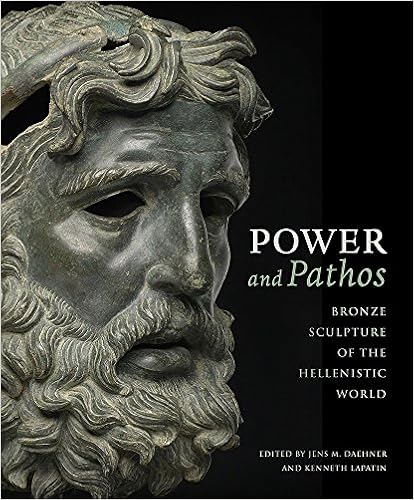This summer I learned to swim, and it prompted reflection on the similarities between swimming pools and art galleries. No, really ... bear with me. In both spheres, officials fret about declining public interest and propose more and more official interventions to curb decline. Swimming participation has fallen sharply, and officialdom thinks it's because we can't use our smartphones in the pool (I'm not making this up). Museums are in a constant panic about becoming 'irrelevant', so they enthuse about technology. Government cuts mean both swimming pools and museums are being outsourced and privatised. And a fetish for 'engaging new audiences' is offputting to serious swimmers and serious art enthusiasts alike.
Drastic cuts to local government funding mean that councils can't afford to maintain opening hours or facilities at either swimming pools or museums. In museums we're just starting to see the effect, with outsourcing of security and reduced hours to facilitate private hire. Swimming pool operations have been outsourced for some time, with bad results. Private operators demand a monopoly on learning to swim sessions, which are pricey and profitable. That means not only that swimming clubs and other operators can't provide lessons, but also that fewer lanes are available for actual swimming. As a learner myself, I can say that it did me no favours. I only had a couple of unofficial lessons. Learning to swim is about practice, and that is curtailed when lanes are closed (especially when the slow lane at the end is closed - I needed the security of the edge when I started). At one swimming pool I use, there is sometimes just one lane of eight available for lane swimming.
The contractual relationship between councils and outsourced operators means there's no one to hold accountable or to complain to. The operator says they're following the contract, and the council is unable to change agreed terms. We will see more of this in museums; some already close early for private events. Don't be surprised when you find your local museum closed for the day because they've got a wedding on. But it's not just a lack of money that's at fault; it's also how the money is spent.
The London Aquatic Centre is the pool used for the 2012 Olympics. It's one of only two 50m indoor pools in London, and it is brilliant. But the main competition pool is given over to something called 'extreme aqua splash' every Sunday afternoon. There is actually a separate training pool that could be used. But instead the main pool is turned into a play area for half the weekend. In the brief window before aqua splash the pool is chronically crowded with lane swimmers who are squeezed out for most of the day. Fun for kids has been prioritised at museums and swimming pools, partly because 'kids are the future', so we must 'engage' them. Trouble is, it doesn't work.
When I was a child our local swimming pool had a water slide and a wave machine, and it was fun to splash about. But there was no pressure actually to learn to swim. So I didn't, and it was a quarter of a century before I got back in a swimming pool. As with swimming pools, so with museums. Engaging kids has become a messianic project, to the exclusion of adult enjoyment. And when they grow up, they will look at museums as places only for kids. Why would they think museums are places for grown ups, when they know them only as places where they went to play?
The ideology of inclusion means that neophytes are led to expect facilities to be organised around them. This blog post expresses frustration at the demand that faster swimmers give way to slower people. And here is another swimmer frustrated with the prejudice against supposedly-elitist competitive swimmers. As a new and slow swimmer, I agree with them both. The reluctance to enforce rules in case it puts anyone off is actually offputting. You have to have an induction session before you can use the gym, but you can just turn up at the pool. It's hard for pools to work effectively without shared norms, and it's hard for new swimmers to know how to behave when the rules aren't explained. I found this indispensable guide online; I wish I'd known sooner.
We've seen this before. Librarians were among the first to fret about their coming irrelevance. Local authorities turned libraries into 'ideas centres', and ditched the books for computers and community centres. It just accelerated the decline. When they became places to hang out rather than, um, libraries, the case for maintaining them became weaker. Local authorities are slashing hours and closing branches. Swimming pools and museums seem set on the same trajectory. I suspect the answer is really simple. Do less. Less extreme aqua splash, fewer lane closures. Keep the doors open, the pool clean and prices low. But what group of interested professionals will conclude that they need to step back? Instead they think it's about innovation, technology and consumer expectations.


